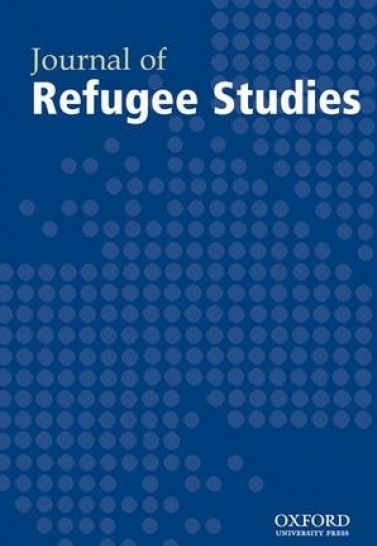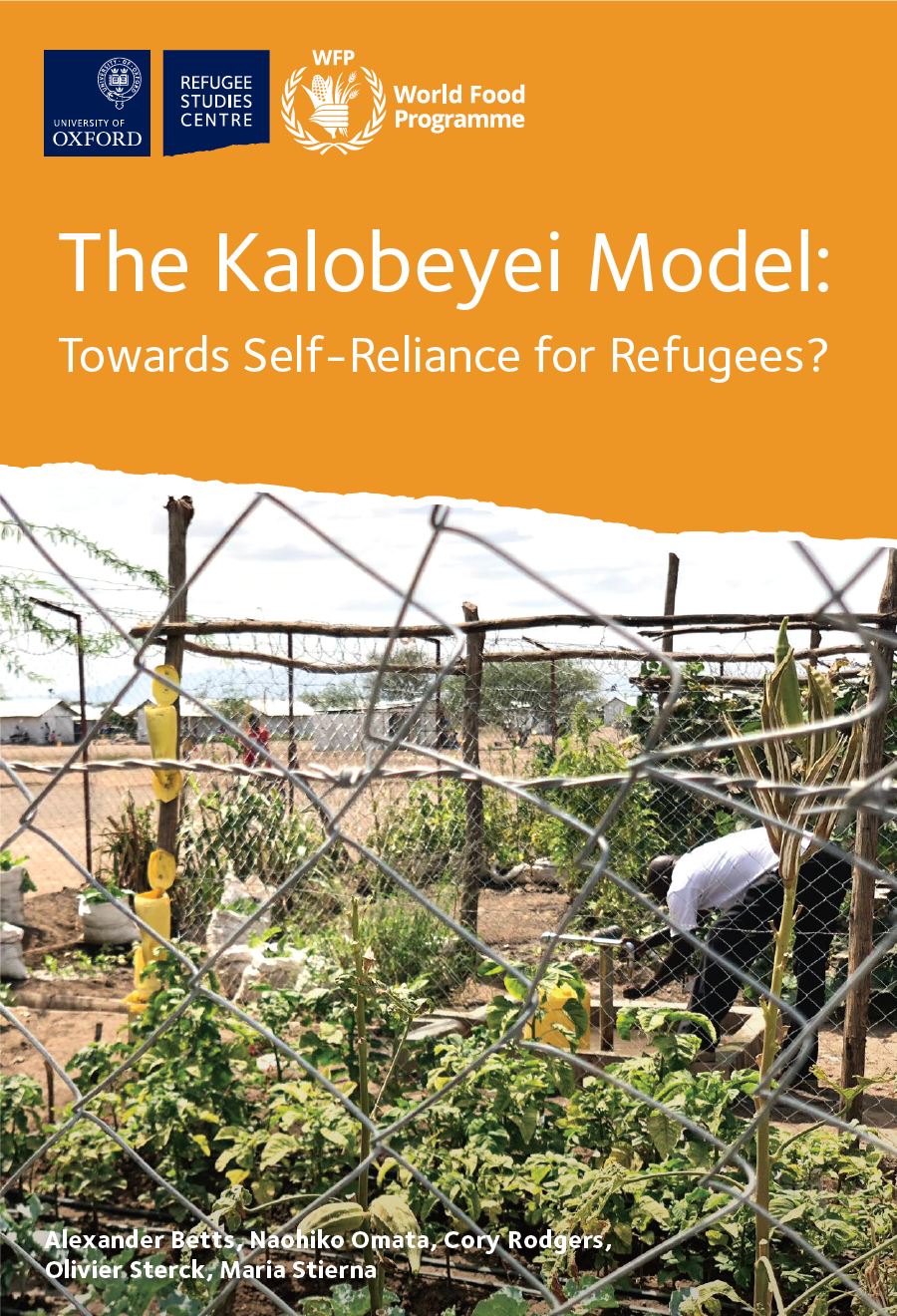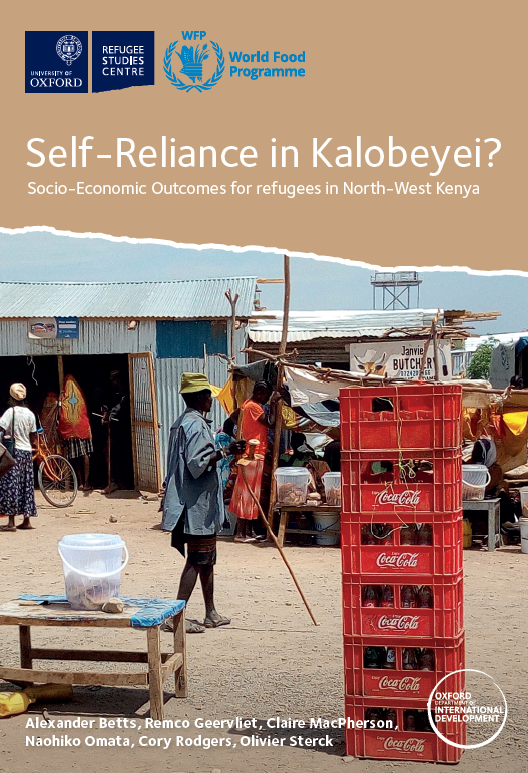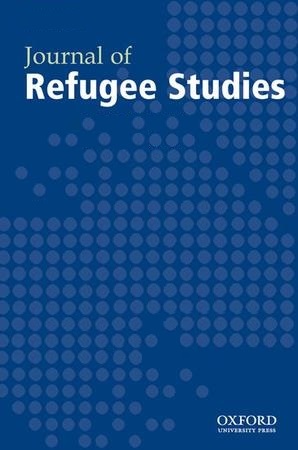Abstract:
In 2016, the Kalobeyei refugee settlement was created, just 3.5 kilometres from the Kakuma camps in Kenya. In a departure from Kenya’s policy of not allowing refugees to work, its aim was to provide self-reliance to refugees and greater refugee–host interaction. But are refugee policies and programmes in Kalobeyei really different from those in Kakuma? If so, what are the differences? And do these differences actually translate into different self-reliance outcomes for refugees? Drawing upon a mixed-methods approach, we compare aid models, self-reliance enabling factors and self-reliance outcomes between Kalobeyei and Kakuma. After just 15 months, we find that self-reliance-enabling factors—such as the environment, assets, networks, markets and public goods—remain similar across both sites and, in some cases, are better in Kakuma. The major differences between the sites are in the aid model: Kalobeyei’s cash-assistance and agricultural programmes. We find improved nutritional outcomes and a greater perception of autonomy in Kalobeyei, both of which may be attributable to differences in the aid models. These findings have implications for how we conceptualize the institutional design of self-reliance in Kalobeyei and elsewhere.




